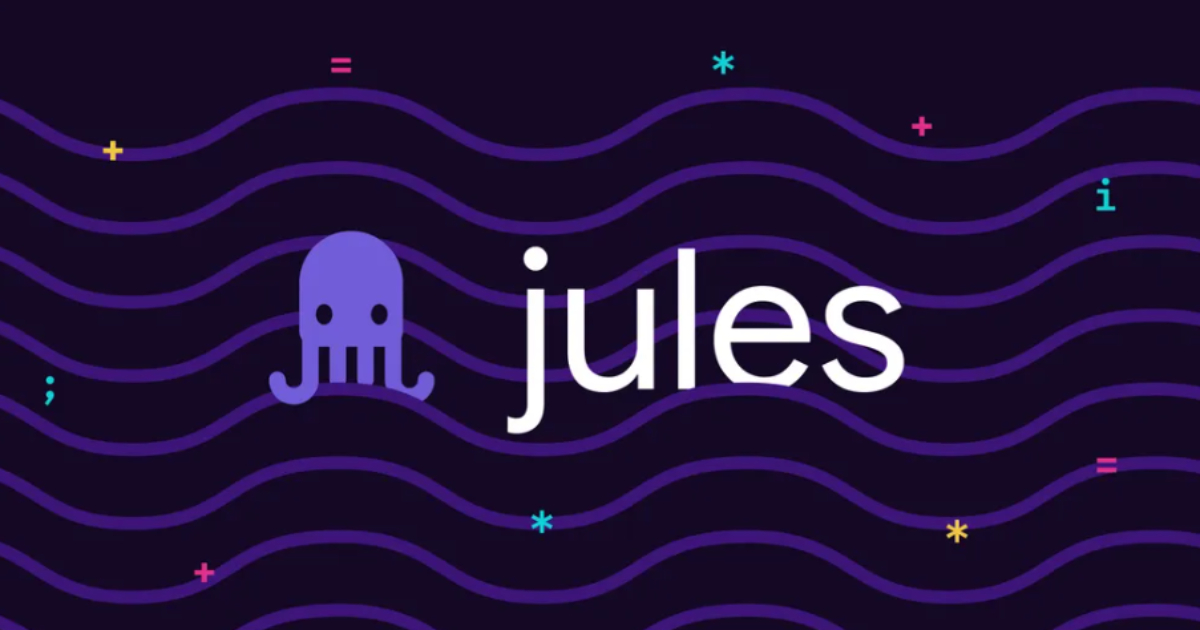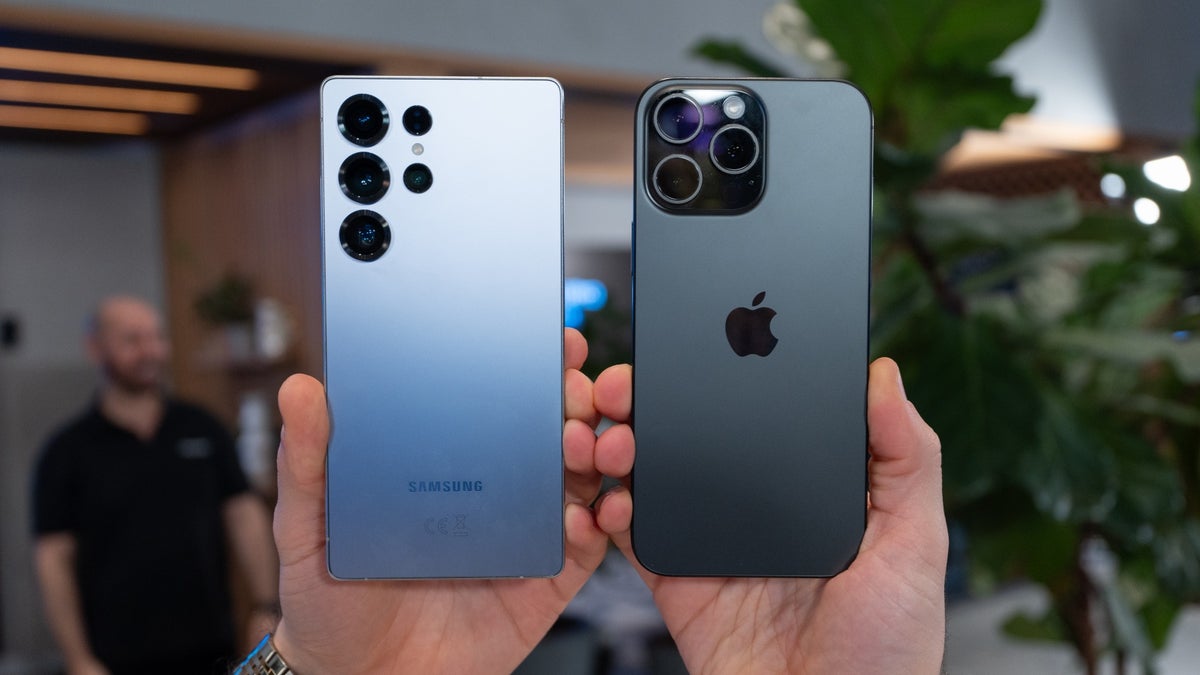The influencer marketing space has matured — ROI, efficiency, and transparency matter more than ever. Throwing money at creators with big follower counts doesn’t guarantee success.
And you need a way to prove results from influencer spend: direct attribution, cost-per-acquisition data, and content that drives business outcomes — not just engagement vanity metrics.
With 63% of consumers trusting influencer recommendations more than traditional brand ads, getting your approach right has a real business impact.
There’s not just one blueprint for how to run an influencer marketing campaign: It all depends on your goal, your brief, and your ability to track meaningful metrics that let you optimize as you go. If you’ve already got the basics down and are ready to launch a high-performance campaign, this guide is for you.
What makes a good influencer marketing campaign?
The best influencer marketing campaigns share three characteristics:
-
Clear objectives tied to business outcomes
-
Strategic creator matching based on audience alignment
-
Content treated as a reusable asset
With 76% of marketers using content to generate leads, treating influencer posts as multi-purpose assets is a smart strategy.
The key to running an influencer marketing campaign that resonates with your audience? Match creator types to your specific campaign objectives.
1. Start with a campaign goal you can measure
Choose one primary business goal—it could be driving sales, building brand awareness, generating user-generated content, or increasing app downloads. Your goal determines which creators you partner with, the compensation structure, and which metrics matter.
-
For sales campaigns, track ROAS, conversion rates, and customer lifetime value.
-
For awareness campaigns, focus on reach, brand lift, and sentiment metrics.
-
For content generation campaigns, measure cost-per-asset and cross-channel usage.
Establish KPIs upfront, whether discount code redemptions, earned media value, or referral traffic. Clear influencer marketing KPIs prevent scope creep.
Pro tip: Tie your campaign goal to a full-funnel strategy (not just reach). Micro influencers deliver 60% higher engagement rates than macro influencers, making them perfect for targeted conversions, whereas macro influencers are perfect for broader awareness campaigns.
Need some help clarifying your goals? ‘s managed services team can help you develop a comprehensive influencer marketing campaign strategy that hits different funnel stages without diluting your message.
2. Choose the right campaign format
Different campaign types serve different objectives. Here are the main formats to consider:
UGC creation
User-generated content campaigns excel when you need authentic content at scale. UGC creators produce posts about your product, creating a content library for paid and organic channels. These campaigns cost less per asset and provide maximum flexibility for future use.
Affiliate campaigns
Affiliate link campaigns work when driving direct sales is your primary goal. Creators earn commissions on conversions, aligning their incentives with your revenue. Learn more about how affiliate marketing works well for e-commerce brands with clear attribution models.
Ambassador programs
Brand ambassador programs build long-term relationships with creators who genuinely use your products. Brand ambassadors create authentic content over time and often deliver better cost-per-acquisition than one-off collaborations.
Which campaign format is right for your goal?
Affiliate campaigns excel for direct sales and revenue generation. UGC campaigns work best for content creation and social proof. Ambassador programs build long-term brand equity and ongoing content streams.
Use paid promotion to extend your best organic content’s reach beyond creators’ immediate audiences. The highest-performing influencer posts often get a second life through boosted influencer content, where you can target audience segments with proven creative assets.
‘s managed services help you identify which content to amplify and optimize your paid promotion strategy for maximum impact.
3. Find and vet influencers
Now you have to assemble your A-team of influencers. Focus on audience alignment with your target customers, a content style that fits your brand, and shared values over follower count. Find influencers whose audiences would naturally be interested in your products.
Check for fake followers using engagement pattern analysis, review past brand partnerships for conflicts, and analyze engagement quality beyond surface metrics. And don’t forget to look at comments—are followers meaningfully engaging or dropping generic responses?
Examine content consistency and posting frequency. Creators who post sporadically or have varying content quality might not deliver professional results. Check their response rates to collaborations and FTC disclosure compliance.
‘s influencer discovery tool lets you search creators by audience demographics, engagement rates, content categories, and location.
4. Set a budget and understand your cost model
So, which types of social media influencers are right for your campaign—and your budget?
-
Nano influencers (1,000-10,000 followers) charge $50-$100 per post.
-
Micro influencers (10,000-99 followers) range from $100-$5,000.
-
Macro influencers (500,000+ followers) command $5,000-10,000+.
Consider different compensation structures based on goals and benchmarks. Flat fees work for guaranteed deliverables. Affiliate models align creator incentives with sales goals. Hybrid approaches—base fee plus performance bonuses—often deliver the best results while reducing risk.
Pro Tip: When budgeting, don’t forget to factor in usage rights. Content you can repurpose across channels provides more value than disappearing posts. Negotiate commercial usage rights upfront if you plan to use creator content in ads.
‘s influencer payments streamline compensation while tracking performance bonuses and managing tax documentation.
5. Build a crystal clear campaign brief
Your brief should specify what you want creators to deliver, how you want your brand represented, key benefits to highlight, and success metrics. Be sure to mention hashtags, @mentions, disclosure requirements, and compliance needs.
Set clear deadlines for content drafts, revisions, and publication dates.
Successful influencer briefs provide creative inspiration without being overly prescriptive. Influencers appreciate creative freedom in addition to guidelines for brand consistency.
If you plan to repurpose creator content in ads or emails, clarify time frames and usage rights upfront.
6. Manage communication and approvals efficiently
Effective influencer marketing campaign management requires organized workflows that scale. Use ‘s influencer management platform to centralize conversations, track deliverables, and manage approvals in one dashboard.
Build in content review checkpoints before posts go live. Most creators appreciate constructive feedback, and catching issues early prevents brand safety problems.
Set up automated deadline reminders and templates for common communications. The easier you make it for creators to work with you, the better results you’ll get.
Establish escalation procedures for urgent issues—organized processes reduce confusion and ensure nothing falls through the cracks.
7. Launch and track content in real time
Finally, launch day is here. As content goes live, use trackable links, unique discount codes, and UTM parameters to measure direct attribution from each creator.
‘s campaign tracking tools let you monitor creators across platforms from one dashboard and spot top-performing content early.
Watch for incorrect tagging, off-brand messaging, missing disclosures, or compliance problems. Address issues immediately to minimize impact on campaign performance and brand reputation.
Set up real-time alerts when creators publish content so you can engage with early comments and boost momentum during important algorithmic reach windows.
8. Measure what matters, not vanity metrics
Focus on metrics by goal type—conversion vs. awareness vs. content output. For sales campaigns, track ROAS, conversion rates, and customer acquisition costs. For awareness campaigns, measure reach vs. impressions, brand lift, and sentiment changes. For content generation campaigns, calculate the cost per piece of UGC and cross-channel usage rates.
Look beyond surface engagement to understand true audience interest. Are people saving posts, sharing content, or clicking through to your website? ‘s analytics platform tracks engagement signals that correlate with business outcomes using the right influencer marketing KPIs—not just vanity metrics like comments and likes.
Don’t ignore qualitative metrics like content quality and brand alignment. Sometimes, lower-engagement posts deliver higher-quality traffic that converts better. Compare performance across creator tiers, content formats, and posting times to identify patterns for future optimization.
9. Optimize mid-campaign
Weekly performance reviews help you identify what’s working and what’s underperforming. If certain creators consistently outperform, increase their deliverables, or boost their content with paid amplification.
Use A/B testing in the paid promotion of influencer content. The same creative might perform differently between audience segments or posting times.
Don’t be afraid to make changes based on what you’re seeing. Sometimes, swapping out creators who aren’t hitting the mark, tweaking your content approach, or shifting more budget to paid amplification can turn a mediocre campaign into a winner.
10. Recap, repurpose, and retain top performers
Conduct performance reviews with your team and top creators after campaigns wrap. What drove the best results? What didn’t work? What would you do differently?
Repurpose high-performing content across other channels. Turn successful posts into ads, email assets, or website testimonials. With ‘s content syndication tools, it’s a snap to distribute creator content across channels while maintaining attribution.
What you learn in one campaign could become part of your bigger strategy. Offer long-term partnerships to creators who deliver exceptional results. Building relationships with proven performers often delivers better ROI than constantly seeking new creators.
Common campaign pitfalls
If you’re just dipping your toe into the creator economy, you might not know how to run an influencer marketing campaign. You may not be an expert yet, but that doesn’t mean you have to make amateur mistakes.
Here are some common pitfalls to avoid:
-
Writing vague briefs, which leads to off-brand content
-
Working with too many creators to manage effectively
-
Launching without tracking systems
-
Paying only for posts without usage rights
-
Failing to amplify winning content
-
Setting unrealistic timelines
-
Not budgeting for revisions
-
Choosing creators based on aesthetics rather than audience fit
Don’t treat influencer marketing as a one-time tactic—it’s an ongoing strategy. Get experienced, transparent partnership with ‘s managed services that handle strategy, execution, and optimization while you focus on core business operations.
Influencer campaigns are performance campaigns now
The creator economy has matured beyond vanity metrics. Successful influencer marketing campaigns treat creators as strategic partners, building systems that turn collaborations into lasting business relationships. They’re designed for measurement, optimization, and scale, turning influencer marketing into predictable revenue rather than creative experiments.
Book a demo with to see how to create an influencer marketing campaign that drives tangible business results.









